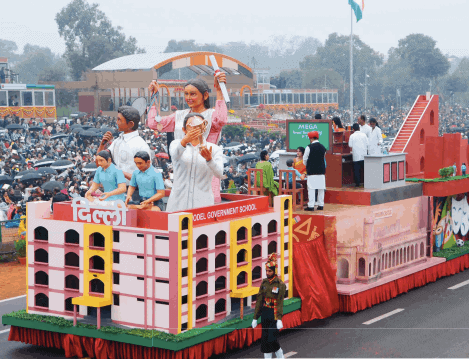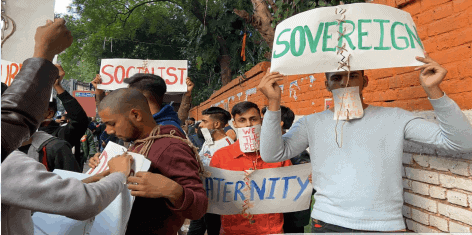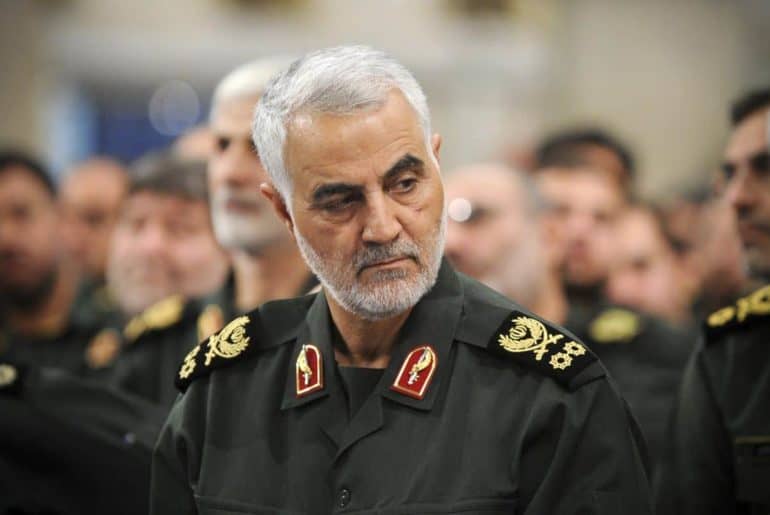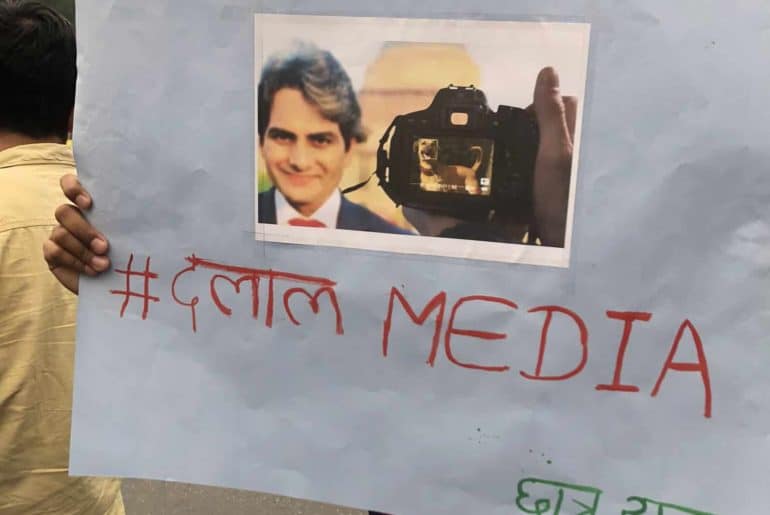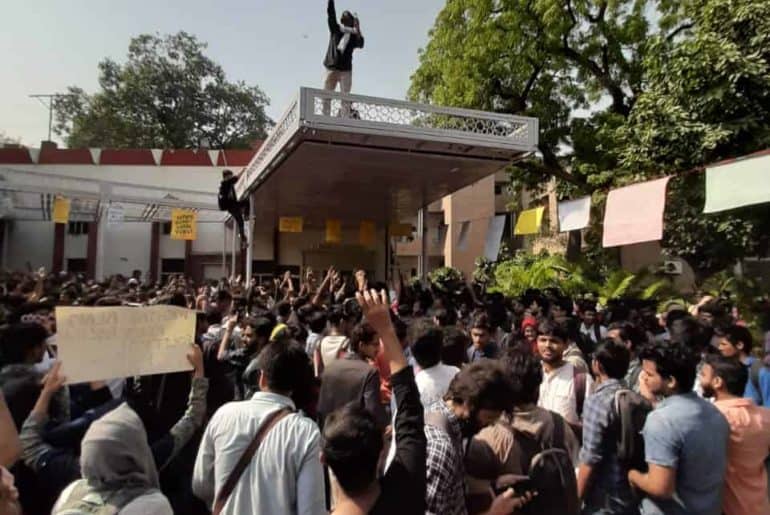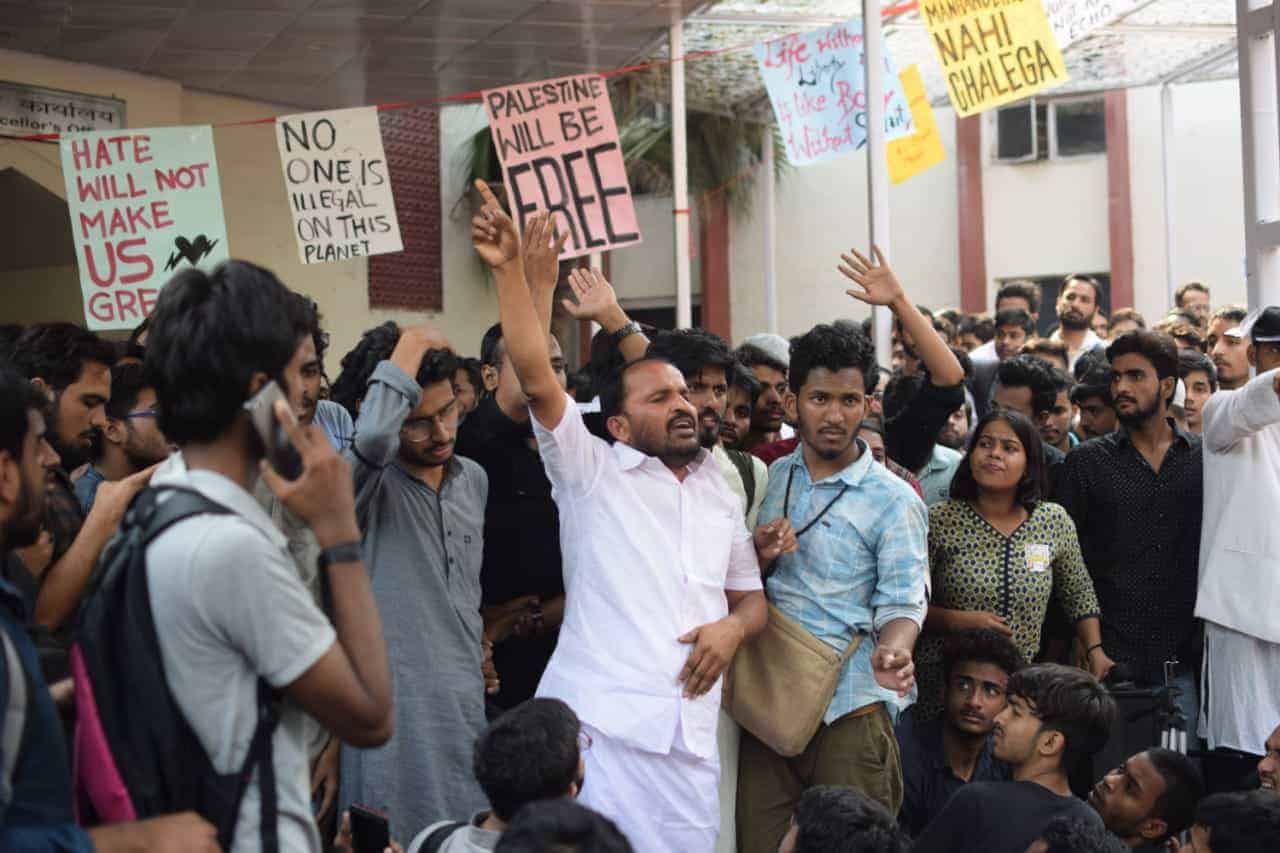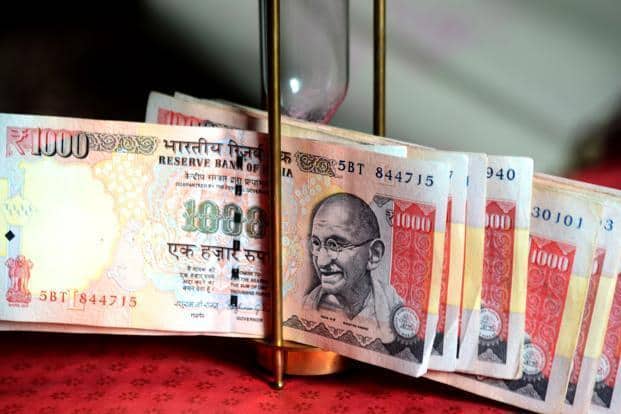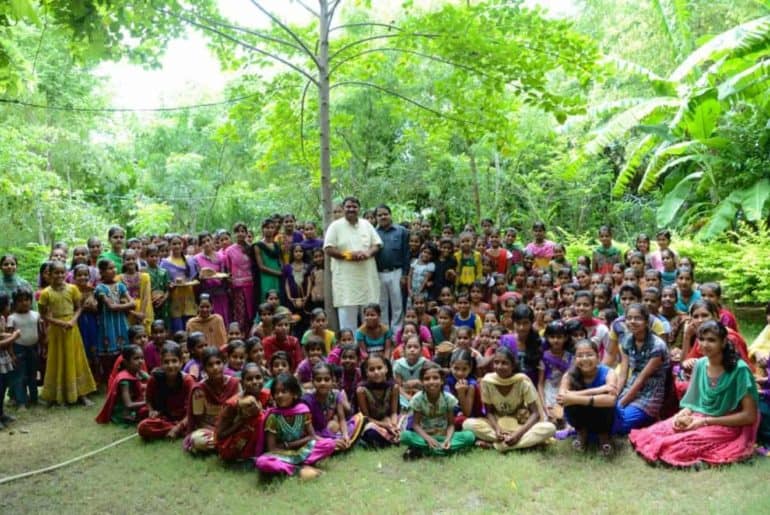Kitne Jhanki thhe? Jhankis have always been the centre of attention at parades, but what goes behind the two minutes of beauty? What does it take to bring alive a tableau to life demonstrating centuries of heritage?
Back in the day, I remember singing Tagore’s as West Bengal’s jhanki or tableau embellished the Rajpath! However, the joys of the past evolved into questions of the present; the jhankis are not just a moving galore of colour, culture, and entertainment, they harbour within them months of hard work, dedication, and skill.
The Ministry of Defence (MoD) overlooks the nitty-gritty of the tableaux, right from issuing a number of guidelines to the smooth fl owing of the Parade, the MoD takes over six months to provide two minutes of joy. Over six different themes are suggested to the States, Union Territories (UT), and Central Departments ranging from history, cultural integrity, environment, to Government schemes. The Selection Committee enlists prominent personalities in the field of art, culture, architecture, sculpture, choreography, etc. The artists and designers of the tableaux are asked to not include any writings or logos other than the State’s and UT’s name in Hindi, English, and the Regional Language.
This follows two-rounds of vigorous scrutiny under the Committee: One, suggestions and modifications after the initial evaluation, and second, evaluating the three-dimensional models and cultural presentation videos, after which the final decision is taken. For the 2020 Republic Day Parade, out of 56 tableaux, only 22 have been selected. Kerala, Maharashtra, West Bengal, and Bihar, all of them being non – Bharatiya Janata Party (BJP) led Governments have been rejected, thus causing a lot of stir. Shiv Sena and Nationalist Congress Party allege vendetta by BJP for political gains. “There was no politics in a committee of artists, who decide the themes for the parade,” said Jayaprabha Menon, a jury member, regarding Kerala’s exclusion. Abhishek Anand, a Law student from Bihar, says, “I personally believe the BJP is targeting the major non-BJP states.”
What is rather interesting is that in over last 27 years, Delhi has presented their tableau only 11 times. There have been protests led by ex-Chief Minister (CM) Madan Lal Khurana, along with Member of Parliament’s from East Delhi, expressing discontentment over the MoD’s rejection. In 2019, an ex-senior Government official told Hindustan Times (HT) on how on certain occasions, the Centre did not want the States to promote their governance models.
Samir, an artisan from Assam was influential in Delhi’s tableau in 2017 showing the Aam Aadmi Party Government’s exemplary work in the education sector, told HT, “It takes time to make these things. The money we get is decent. It’s around Rs 8,000, some even get Rs 16,000 though per float,”. It takes around five months to give life to a tableau with over 30-40 hands on deck, however, the fate of these tableaux is rather unfortunate. After being dismantled to shreds they are sold as scraps. Bibhuti Adhikary, the designer of Delhi tableaux over the past few years, said, “So many people give their heart and soul to making the tableau. But no facility has been made to keep them or at least the best ones intact. Respective state houses keep them for a few days or months and later sell it off in bits to whoever wants to take it.” What is rather unfortunate is the sorry state of artisans who lose their art, not to forget the mediocre payment. What is rather interesting though, is the question of what can be done to improve the gloomy state of art deconstructed as scraps. There are several pertinent questions which stay unanswered; there are innumerable possibilities of being constructive with post-celebrations tableaux, and the lack of acknowledgement for art and artisans speaks volumes. Until then, as another R-Day comes around the corner, while you cheer at the vibrant display of culture, keep the aftermath in mind.
Image Credits: Press Information Bureau, Ministry of Defence
Anandi Sen

